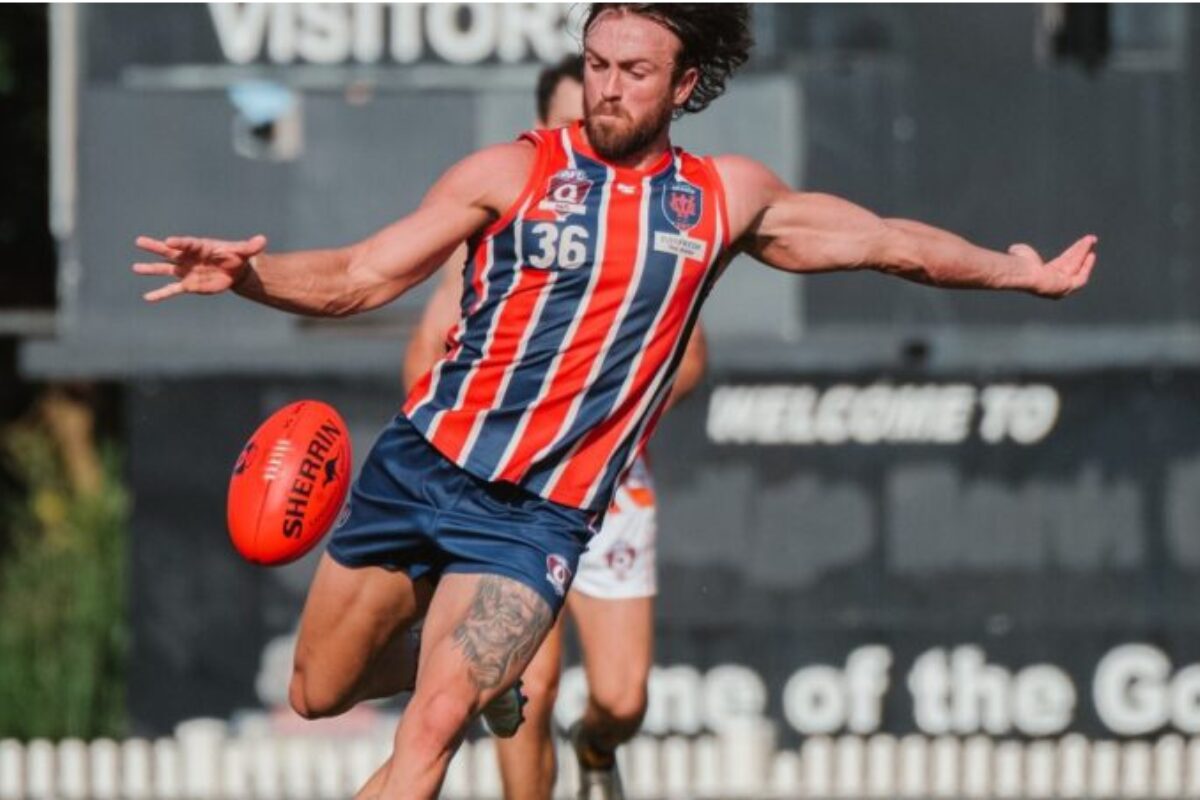When athletes post their fitness progress online, they rarely expect regulatory attention. Yet in today’s sporting landscape, every photo, caption, or transformation video can tell a story beyond motivation. The Rhys Mathieson case demonstrates how public physique changes and online engagement can intersect with anti-doping enforcement. While fans see inspiration, integrity officials may see indicators worth examining. In short, social media has become both a stage and a surveillance tool (AFL former player banned).
The role of social media in modern athlete identity (AFL former player banned)



Athletes no longer rely solely on the field for recognition. Social media lets them extend their influence and income. Platforms like Instagram and TikTok help players showcase training, recovery, and transformation journeys.
However, visibility also brings accountability. Every update builds a personal brand — but also leaves a trail for regulators and media. Therefore, managing how fitness and supplements are portrayed is now part of professional responsibility. When athletes share extreme results or supplement partnerships, they often gain engagement. Yet, these posts also invite interpretation. In the era of sports integrity monitoring, transparency is a double-edged sword.
Bodybuilding post-career: risks and perceptions – AFL former player banned
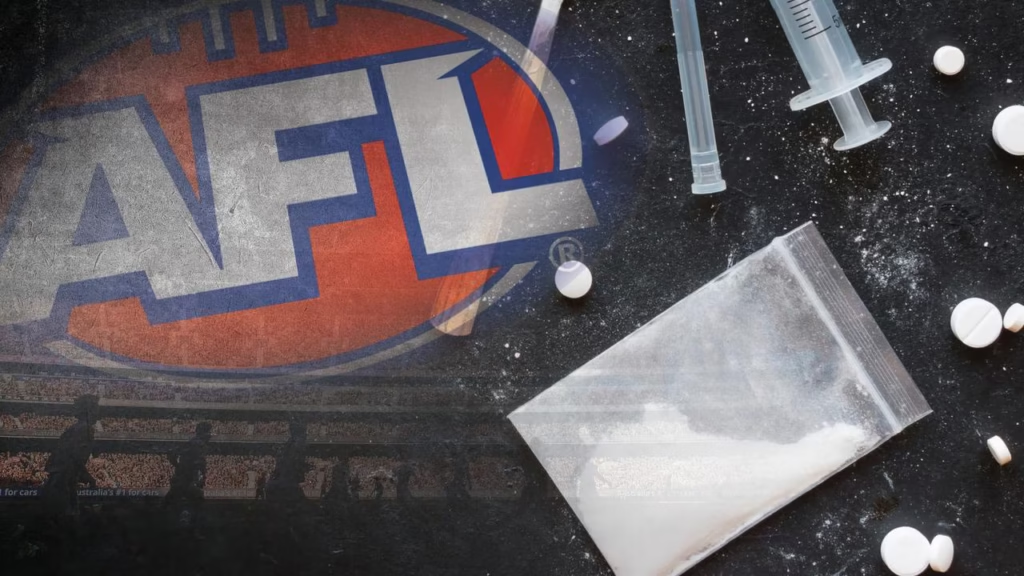
After retirement, many athletes turn to bodybuilding as a natural outlet. It fills the competitive void and keeps them in peak shape.
However, dramatic muscle growth or supplement-heavy regimes can create suspicion, especially when the athlete remains in registered competitions like QAFL or VFL. Even though the goal may be personal, the optics can mislead. Therefore, understanding the balance between personal transformation and professional accountability is crucial. A body rebuilt for image can unintentionally invite regulatory scrutiny.
AFL former player banned : How anti-doping bodies use cues from social media

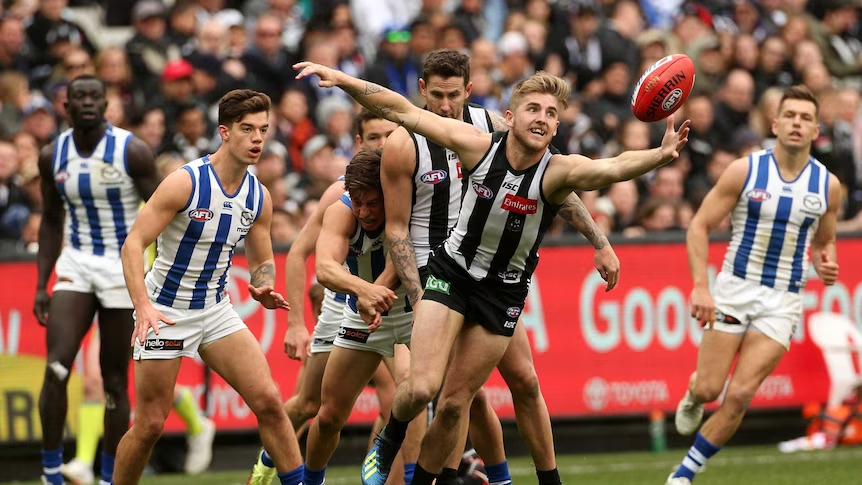
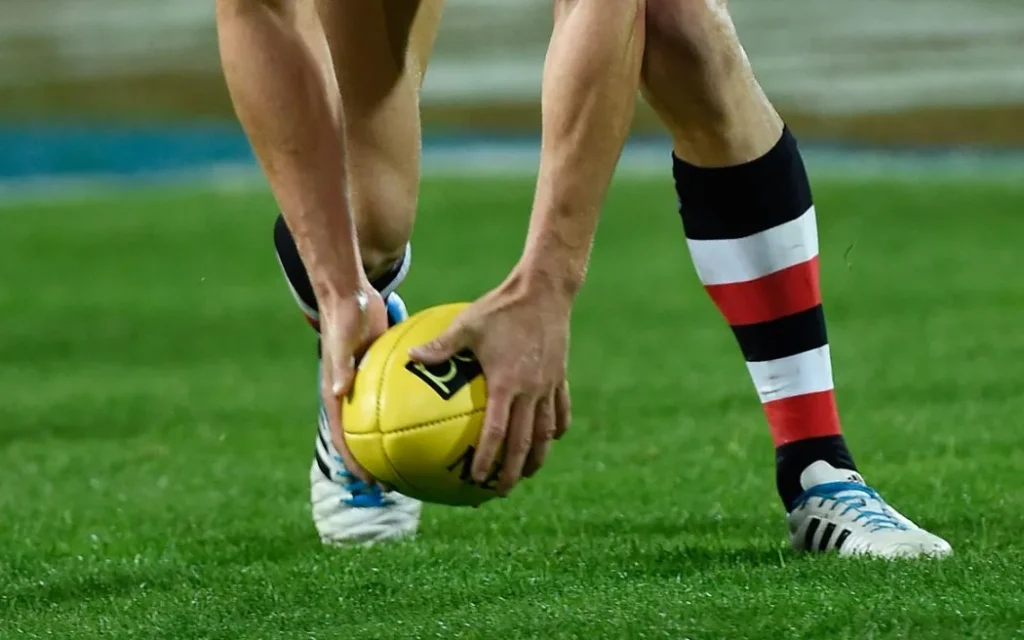
Anti-doping authorities don’t rely solely on random testing anymore. They also use intelligence-led approaches — including public data. Posts showing sudden muscle mass increases, supplement promotions, or recovery claims can raise flags. When combined with competition participation, they may prompt targeted testing.
Agencies like Sport Integrity Australia monitor trends, athlete statements, and sponsorships. While not every post triggers action, a pattern can. Consequently, what seems like harmless motivation may feed into an integrity report. Importantly, this isn’t about policing fitness content — it’s about consistency. If public claims don’t align with biological results, questions arise.
Best practices for athletes with large followings – AFL former player banned

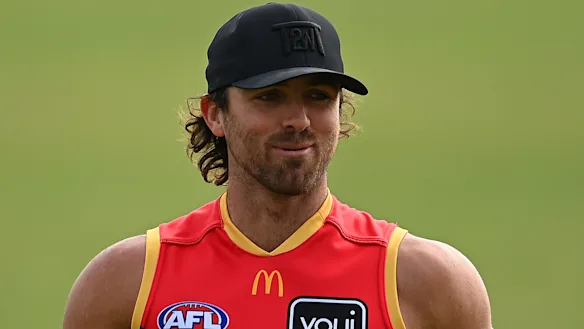

Athletes can still share progress proudly, but they should do so responsibly. Here are key principles for maintaining both credibility and compliance:
- Stay transparent — disclose supplement brands and ensure they’re certified safe.
- Avoid exaggeration — dramatic claims invite unnecessary attention.
- Understand jurisdiction — even after retirement, competition links can trigger testing.
- Engage advisors — seek guidance from sports integrity or nutrition professionals before promoting products.
By adopting these practices, athletes can protect their reputation while engaging audiences authentically.
Ex-AFL player faces mega ban over performance-enhancing drugs
A former AFL player has been banned from playing football at any level after testing positive to performance-enhancing substances. Full context, reaction, and what it means for his future.
AFL former player banned : What fans need to understand when they see dramatic transformations



Fans love a comeback story — a once-lean athlete returning muscular and confident. However, context matters. Not every transformation is suspect, but not all are purely aesthetic either. Therefore, it’s important for fans to understand that some changes occur within strict frameworks, while others may push boundaries. Social media only shows outcomes, not compliance records.
Supporting athlete integrity means celebrating discipline, not shortcuts. As sport and online culture blend, public perception plays a growing role in shaping athlete behaviour.
Social Media Signals and Anti-Doping Relevance – AFL former player banned
| Social Media Cue | Possible Interpretation | Anti-Doping Relevance |
|---|---|---|
| +10 kg muscle gain in a year News.com.au | Major physical change | Higher testing interest |
| Frequent supplement endorsements | Commercial focus | May attract regulator scrutiny |
| Lower-league competition with big following | High visibility mismatch | Jurisdiction triggered |
Athletes today must manage not only performance but also perception. Their social media presence can inspire millions, yet it can also draw compliance attention. The Mathieson case underscores a new reality: online transformations are never purely personal when you remain connected to organised sport. Ultimately, both athletes and fans should remember — authenticity builds trust, and transparency safeguards integrity.

